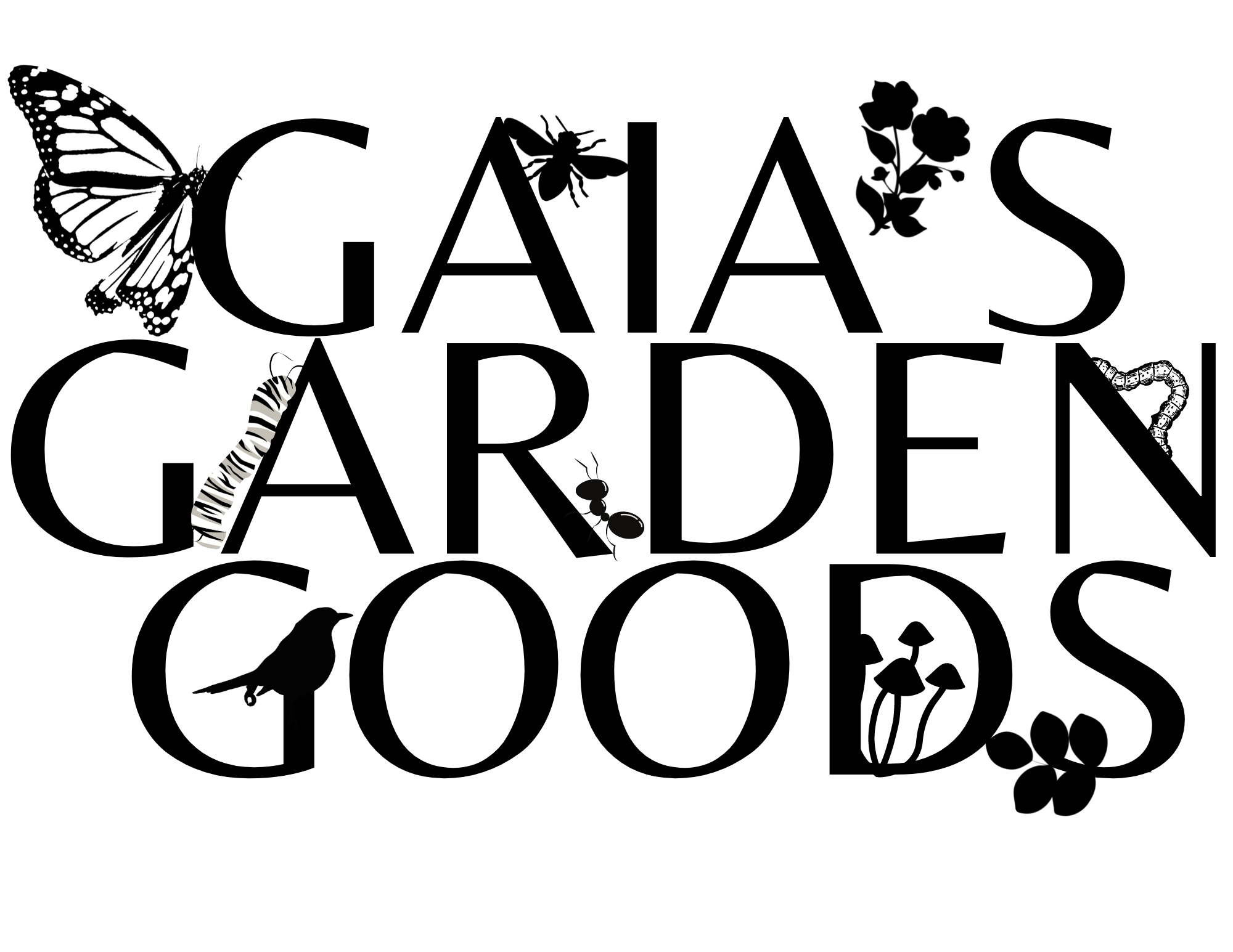You've probably seen the words "regenerative agriculture" a few times if you've been anywhere on our website. If you're wondering what I mean by that, you're in the right place. Regenerative agriculture is a term used to describe holistic agricultural practices that focus on the health of the entire ecological system. It is different than other agricultural methods that focus solely on yearly yield. It is also different than being "certified organic" where the only provision is the absence of synthetic chemical applications, but does not require broader ecosystem management nor prohibit degrading practices such as heavy tillage. Regenerative agriculture on the other hand, acknowledges that we grow our food among billions of life forms and natural forces, and that growing food requires a partnership, not dominance, over them.
Some methods are as follows:
No-Till: Now this is where a lot of people might raise their eyebrows. The plow has been the symbol of agriculture basically since the Fertile Crescent! But does a forest or natural grassland ever get tilled? No. Does it thrive and teem with life? Yes! Tilling the soil can disrupt the natural fertility cycle of the soil and destroy soil tilth (texture). There are many anerobic and aerobic organisms living in soil. Tillage can force anerobic organisms to where there is oxygen and aerobic organisms to where there is none. This causes death of beneficial microbes and toxins to be released. It also releases carbon stored in the soil into the atmosphere - bad for climate change!
Species diversity and animal integration: Like the sides of a triangle, there is no balance without animal, plants, and fungi. Everyone plays their role. Plants via photosynthesis transform atmospheric carbon dioxide into stored energy. They release this carbon into the soil in exchange for other necessary nutrients with fungi and microbes. Animals provide rich fertilizer in the form of manure, can improve soil texture in the form of earth worms, and overall promote the balance of species. Fun fact, it has been shown that certain herbivore saliva's promotes grass growth! That's symbiosis for you!
Our chicken Lola plays an important role on the farm! She eats bugs and seeds which helps manage insect and weed populations. She also provides rich fertilizer to the soil in the form of manure. Thanks Lola!
Cover crops and living mulch - Again lets look to nature; where can you find a clean plot of bare soil, waiting to be sowed approximately one corn plant per square foot. Mmmmh... No where! Ding ding ding! Soil is a living medium, and the will to life is strong! If there is dirt, something will try to grow there. And that's a good thing! Bare soil is prone to drying out from evaporation, and without plants to provide carbon - the necessary energy force of nearly all life on earth - to organisms in the soil, they will begin to starve and your soil will lose fertility. By ensuring that the soil is always covered, preferably with a living plant, soil biology can grow richer and more numerous. Cover crops and mulch also insulate the soil, keeping it warmer in winter and cooler in summer, as well as help maintain moisture.
These are only a few of the practices that lead to sustainable and fruitful yields year after year!
Written by Ariela Gomez

